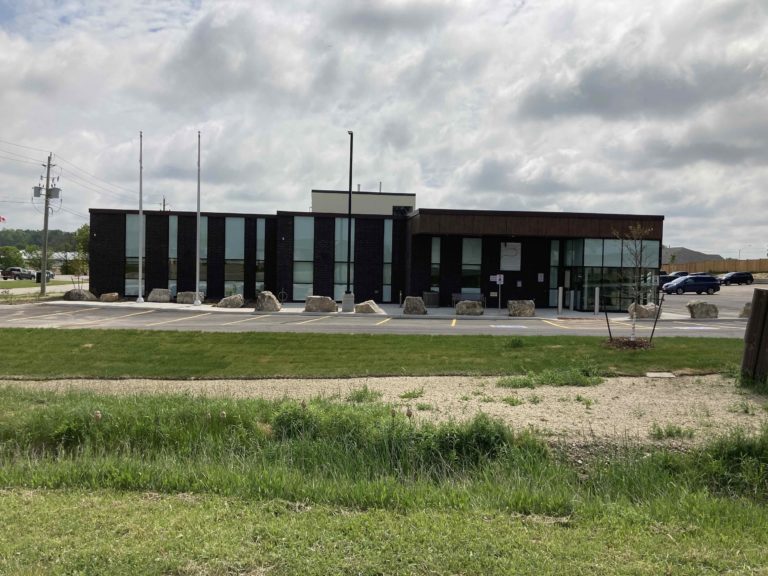Services
Offered Engineering Solutions
Integrated Sustainable Design and Conceptualization
An integral part any Sustainable design and at the core of the LEED projects and processes, we at OECI are able to assist in engineering energy management systems and ensure an integrated approach during the creation of your ideal facility. Furthermore, we are capable in assisting with Sustainable measures beyond building development and construction, including but not limited to; Procurement and Purchasing, Maintenance and Operations and Facility Management. Should the client wish to pursue LEED certification, we can and will provide a summary of applicable LEED credits and itemized them based on a tiered estimated cost for implementation (Low cost/no cost; Moderate and High).

Energy Management
Today no developer, owner or operator can afford not to consider some form of energy management. From the most basic form that requires a high level of operator input to the most sophisticated automated design, OECI is capable of designing a system to suit your building and budget.
Modeling
Modeling has become an integral part of building design allowing architects and engineers to test a concept before implementing it into construction. A requirement for all LEED projects, modeling should be considered for all designs as it allows for value engineering based on projected savings. Many municipalities are now requiring energy modeling for permit submissions. OECI is registered throughout Canada and have successfully submitted hundreds of energy models for Building Permit.
Project Facilitation
OECI is equipped with experienced staff capable of guiding your company through the entire LEED process. From registration, hosting design charettes, integrating designs and specifications, developing a roadmap for execution and certification of your building.
Taking the LEED
One of the largest human contributions to environmental impact originates from buildings, and LEED is used worldwide as a grading system, ensuring sustainability is always prioritized. It is imperative that we, as developers and designers, work in harmony to ensure the sustainability of the facilities where we live, work and play. This design is commonly referred to as a “green” building. Green buildings require less energy to operate, generate fewer harmful byproducts and pollutants, minimize water consumption, and produce less waste. By reducing energy consumption, waste generation and pollution to levels that can be accommodated by nature’s ecological systems, we will allow future generations the opportunity to enjoy the wonder that is our planet. In registering a project through either the Canadian Green Building Council (CaGBC) or the United States Green Building Council (USGBC) for Leadership in Energy and Environmental Design (LEED®) Certification, the process towards environmental sustainability has been initiated.

LEED® criteria are divided into six categories – Sustainable Sites, Water Efficiency, Energy and Atmosphere, Materials and Resources, Indoor Environment Quality, and Innovation and Design Process. Each category, with the exception of Innovation and Design Process, has prerequisites that must be achieved for accreditation.
Sustainable Sites
The Sustainable Sites category focuses on the site selection, personal vehicle and urban sprawl reduction, major ecological feature identification, prior history and site integration benefiting the surrounding developments for the lifecycle of the building.
Water Efficiency
The Water Efficiency category encourages the implementation of strategies to reduce potable water consumption with respect to landscape and building operations.
Energy and Atmosphere
The Energy and Atmosphere category’s intent is to reduce the depletion of non-renewable energy resources and thereby minimize the resultant air pollutants, while promoting renewable energies.
Materials and Resources
The Materials and Resources category requires inclusion of rapidly renewable materials, reuse of existing materials, construction waste reduction, recycling and waste diversion from landfills, and the use of environmentally friendly materials.
Indoor Environmental Quality
The Indoor Environmental Quality category focuses on the improvement of wellness within a building. Consideration must be given to air quality, for example CO2 levels, and comfort. Most credits within this section address the improvement of comfort issues ranging from daylighting and outdoor views, to temperature and ventilation.
Innovation and Design Process
New technologies and design strategies are recognized in the Innovation and Design Process category. Credit can also be achieved by promoting green building awareness to the public through interactive educational activities.
These six aims incentivize and set a goal for projects to take their green initiatives to new heights and offers a reputable standard for ranking. Here at OECI, we are committed to helping your building(s) achieve these targets and receive LEED certification, so everyone knows you’ve done it right.
Please contact us should you have any questions or are interested in pursuing building accreditation through either the USGBC or CaGBC.